L-impjant ta bżar iswed (bżar iswedlisten)) is one of the oldest known spices. Belonging to the family of Piperaceaeis native to the Indian subcontinent and is now cultivated in different parts of the world. Its berries are the main ingredient of the famous spice blend known as the “four spices”. Black pepper has a spicy and intense flavor and is used in the kitchen to flavor various dishes, but also for medicinal use. Its powder is often added to juices and teas for its beneficial properties. Black pepper also offers numerous cosmetic benefits and has been used for centuries as an ingredient in facial masks to improve blood circulation and skin appearance.
In this article, we get to know the plant better and see the different techniques to start growing black pepper.
The black pepper plant
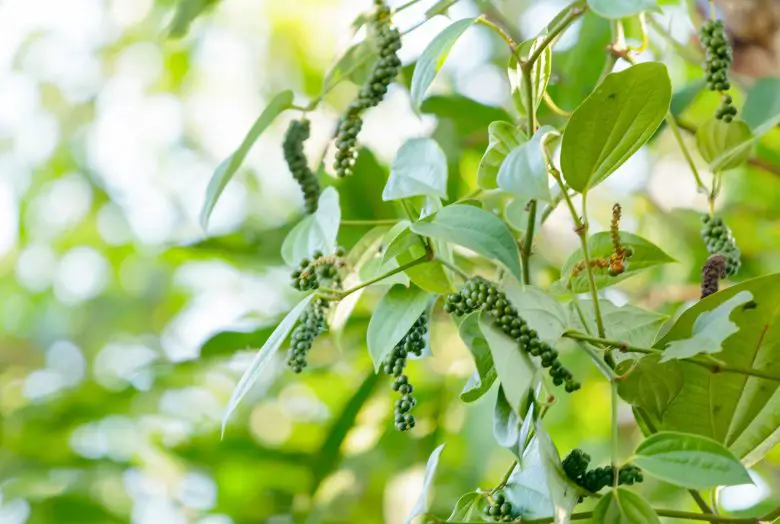
il bżar iswed hija pjanta li tappartjeni għall-familja ta ' Piperaceae. It is native to southern India and today it is cultivated in tropical climate areas of the planet. The black pepper plant is made up of perennial and evergreen climbing woody shoots. It grows on average up to 4-5 m in height by climbing on other plants, poles or support trellises, even reaching 8-10 m. In nature, if unsupported, it extends over the ground, rooting where the creeping lianas touch the ground. It has nodes from which aerial adventitious roots can develop to fix the plant to the support or to the ground.
Leaves and branches
The leaves are heart-shaped and dark green, carried by a petiole and acuminate. They have 4-5 well marked ribs. The black pepper plant is able to develop two systems of ramifications, i.e. main sterile branches that form the structure of the plant and shorter and horizontal fruiting branches.
fjuri
The flowers are carried on spike-shaped inflorescences, pendulous and initially 5-8 cm long, reaching almost 20 cm with the ripening of the fruits. On the inflorescence are inserted small flowers, white and without calyx and corolla, protected by a short fleshy bract.
Frott
The fruits are globose drupes that grow on the ear. At first they are green, as they ripen they turn deep red, black after drying. Each drupe contains only one seed, which is the whitish inner part. Each spike can bear up to 50 drupes, so the black pepper plant is quite productive.
How to grow black pepper
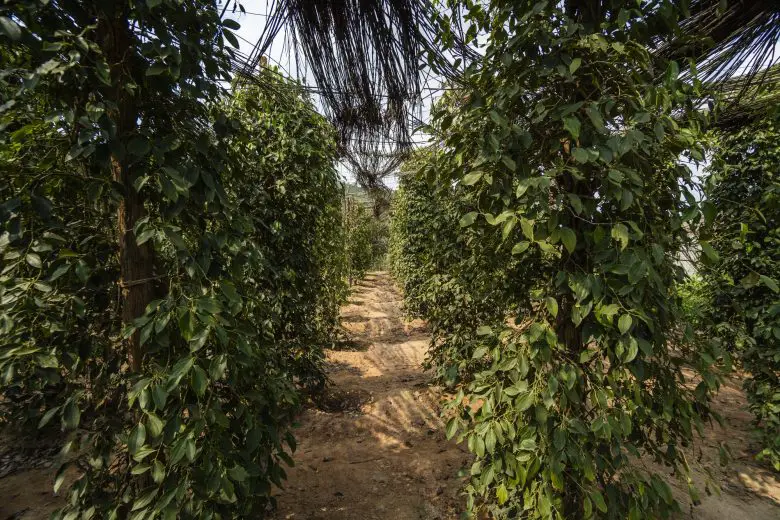
L-impjant ta bżar iswed loves a hot and humid climate, typical of tropical areas (just like the pink pepper plant). It is therefore to be considered an exotic fruit, which can never be adapted on a large scale to our climate. However, in the southern regions and on the islands, perhaps along the coasts where the climate is mild even in winter, cultivation can be attempted. The ideal would be a more humid area of the garden, for example because it is well protected by tall trees. The alternative is cultivation in a cold or heated greenhouse if the winter is too harsh. For the more adventurous enthusiasts, pot cultivation can be attempted, in order to bring the plant back into the house in winter.
How to sow black pepper?
To plant black pepper seeds (which found in farm stores), it is first necessary to prepare small pots of 10 cm in diameter, with a good peat mix (like this one) u perlitso that it drains well. Next, fill the pot with about 4-5cm of potting soil and place a single seed on the surface. Cover the seed with about 1 cm of potting soil. Wet the earth thoroughly with a watering can. Finally, place the pot in a sunny spot and keep the soil moist until the seedlings appear. The best time to sow black pepper is early spring, when the seedlings are not likely to suffer from the cold.
Ideal land for growing the black pepper plant
Growing black pepper requires nutrient-rich, well-drained soil. The plant loves warm and humid climates, with temperatures between 18°C and 35°C. The ideal soil should therefore be slightly acidic (pH bejn 5.5 u 6.5) and well drained. A subsoil of clay, peat or sand mixed with organic loam is the ideal environment for growing black pepper.
When and how to plant black pepper?
For best results with black pepper, it is advisable to plant it, once the seedling has grown from seed, between the end of May and the beginning of June. The soil must be well drained and fertilized with manure fully ripe, to give the pepper a good nutritional base. The plants must be placed about 1 m away from each other and in an area possibly in partial shade. Being a climbing plant, a support structure must be provided. The alternatives are either large single wooden poles, or a wire mesh of the large galvanized iron ones arranged in a palisade. When the vines stretch, it may be useful to tie them to the support to prevent them from breaking.
How much water to give the black pepper plant?
To keep black pepper plants healthy and thriving, it is important to water them regularly. It is in fact a plant that suffers from dry soil. The best is a automatic irrigation systemmagħmul bi rigid tube and dripper (found here) placed at the base of the plant. During the dry season increase the amount of water and make sure that the soil is never completely dry. Beware of stagnant water, for this reason it is better to irrigate for a few minutes, but often. Obviously, in winter, irrigation can be suspended and take advantage of natural rainfall.
How to prune black pepper?
To prune black pepper it is important to choose a suitable time of year. Pruning should take place after the berry production phase, i.e. in autumn. Before you begin, you’ll need to put on gardening gloves and cut the top of the plant lightly to remove the dry leaves and branches that have already produced. Also be sure to remove all ripe fruit from the branches. Another important thing to remember is that you need to save at least 2/3 of the plant when pruning. This will help the plant stay healthy and increase its chances of producing new fruit the following year. After carrying out these operations, be sure to fertilize the soil around the plant with manure or others Fertilizzanti organiċi.
How to take a cutting of the black pepper plant
għall make a cutting of black pepper, follow these simple steps. In late summer, choose a strong, healthy branch of the plant. Cut a section about 3-5cm long with a sharp knife, making sure to get some leaves as well. Gently remove the larger lower leaves so that only 3 or 4 small leaves are left on the top of the sprig. Soak the cutting in water for 24 hours, then remove it and place it in a container of moist peat. Cover with more moist peat moss and spray with water regularly. Keep the container in indirect light until primary roots form. Once they are present, transplant the cutting into properly prepared soil and care for it as you would any other seedling.
Is it possible to grow black pepper in a pot?
It is possible to grow black pepper in a container, although it may require a little more attention than it would grow in the ground. Black pepper is a climbing plant that needs adequate support to grow, such as a fence or post. The plant also needs to be taken care of regularly with regular fertilizing and watering. Therefore the pot must be large enough to contain the root system over the years and the supports on which the shoots will climb. In this case the best material are the bamboo canes (which you can find in online stores). It is advisable not to plant more than one black pepper per pot, if the plant takes well it is very voluminous. Place the pot in a bright area of the garden or terrace from spring to autumn, while protecting the plant inside the house in winter.
ġbir
Remember that black pepper should be treated as a perennial plant, not as long-lived as a tree, but in good condition still able to live for many years. Fruit production does not start right away, usually 2-3 years pass. The drupes must be harvested when fully ripe, in late summer – early autumn, when the color has turned dark red. Black pepper can be dried for a few days in the sun, then stored in glass jars and in a dry place. If desired, of course, it can be reduced to powder with a grinder tal-bżar.

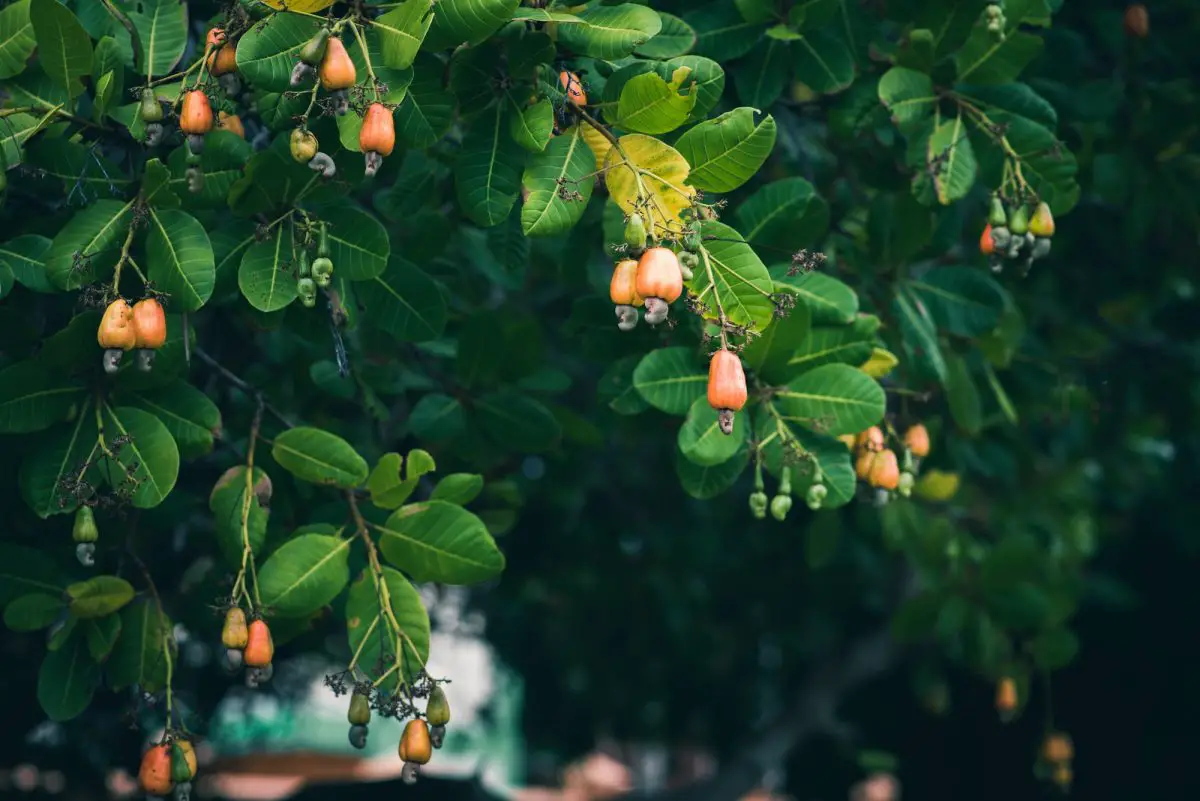
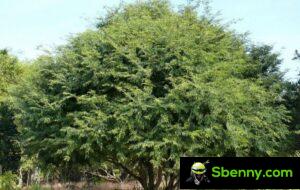
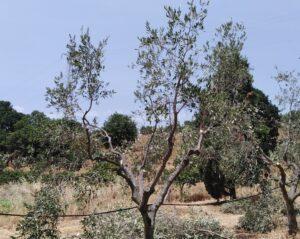
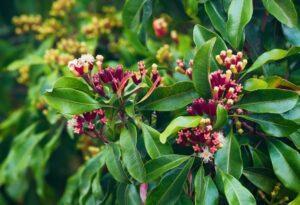
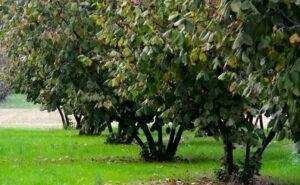
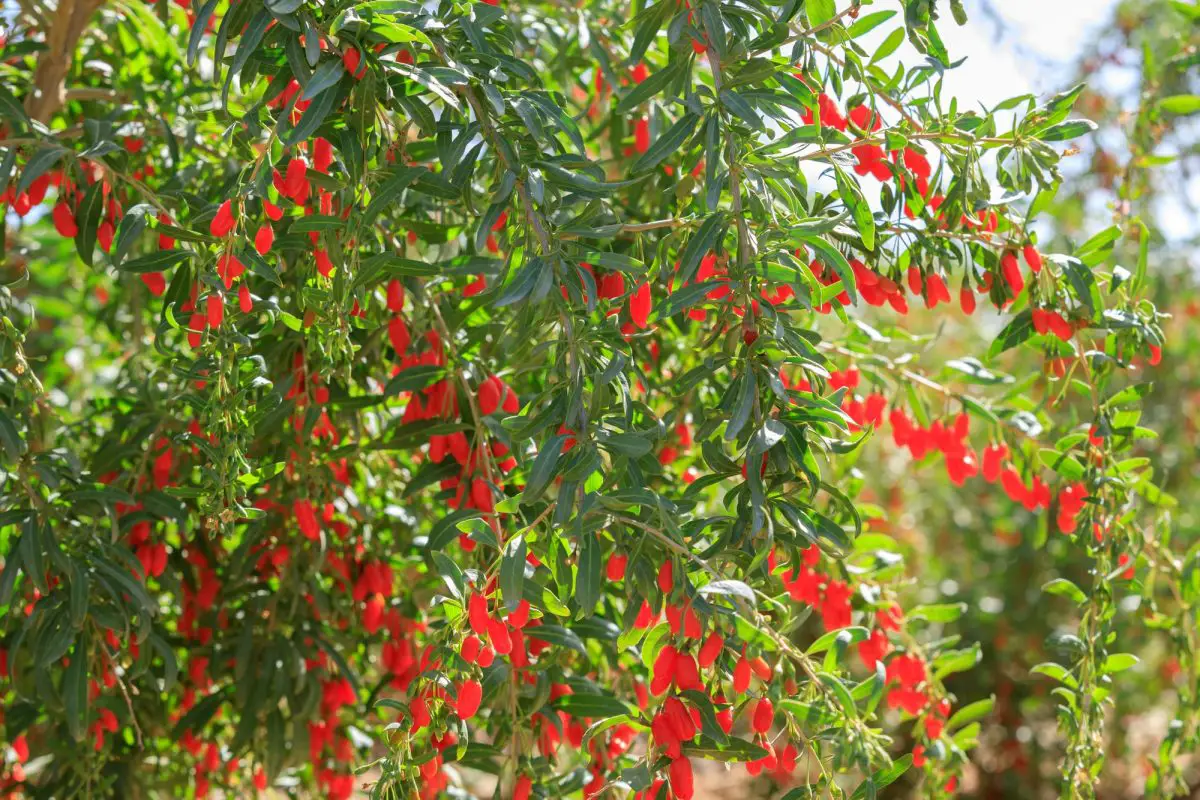
Ibda Thread ġdid